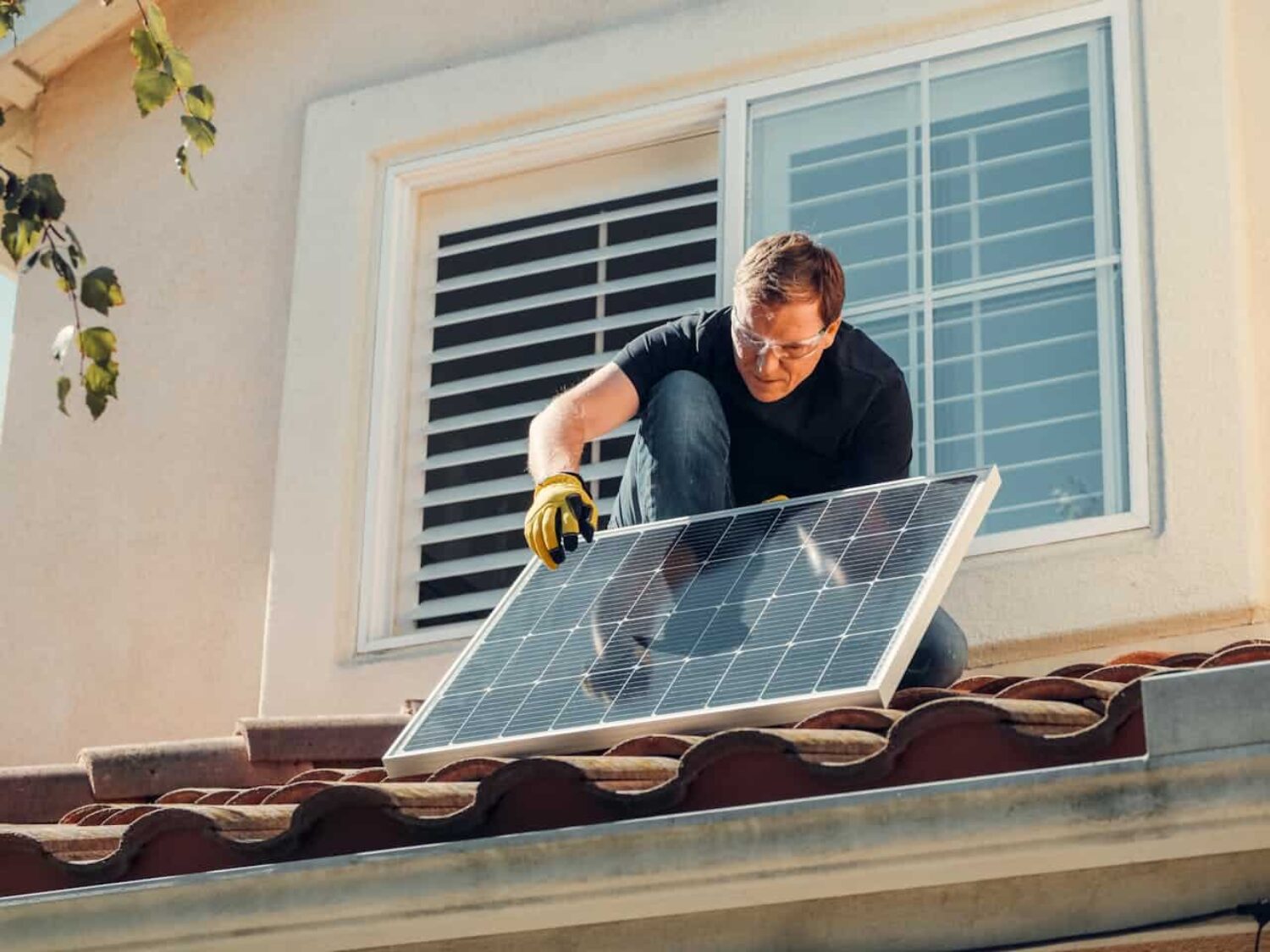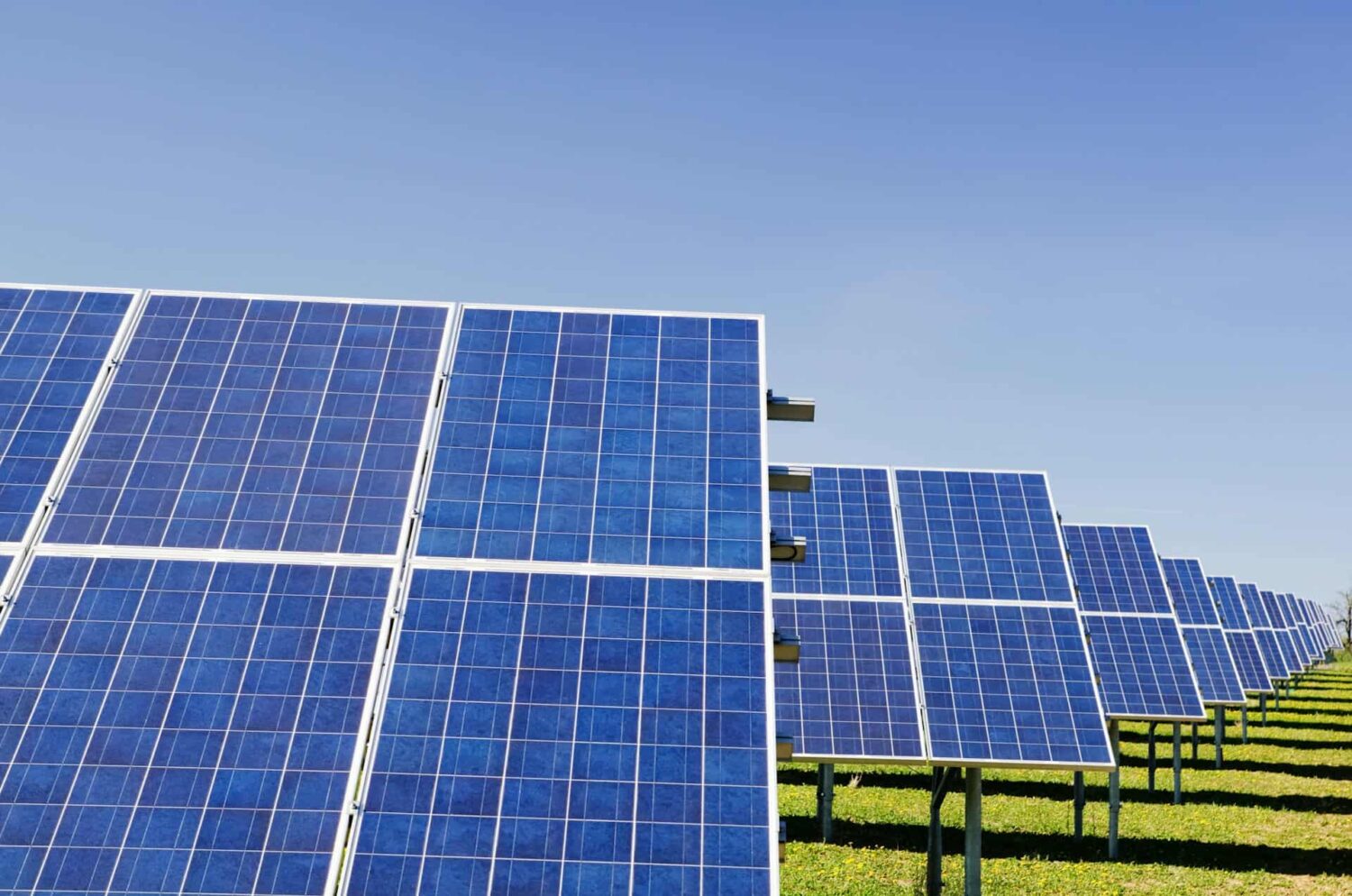Solar power has the potential to transform even a cloudy UK into being a renewable energy leader. So how can this be sped up? We ask one of the fastest-growing solar installers
It might be hard to believe it, but things have never been brighter for solar panels in the UK. 2023 marked a 12-year high for panels being installed on roofs here, a level unseen since the heady days when the UK government offered to help reduce the cost. The feed-in tariff (FiT) of 2011 catalysed a surge in homeowners scrambling to cash in on the incentive.
Progress was thwarted when the plug was pulled on FiT five years ago, but on the back of the energy crisis and with climate anxiety higher than ever on the public agenda, solar panel installations are now emphatically back on track.
“It’s focused a lot of people’s minds on how this technology is actually really important – not just for themselves, but also for the country,” explains Simon Shaw, regulatory affairs lead at renewable energy supplier and installer Good Energy.
“As an industry, we’re moving at pace and in the right direction to meet that overriding objective of improving our energy security.”
The UK is nearing 1.4m installations, generating 16GW of solar capacity. It’s some distance from the goal of 70GW by 2035 and the fear remains of growth plateauing, or even slowing. So how best to turbo-charge solar boom 2.0 and ensure we hit that goal? Good Energy has five ideas at the top of its wishlist.
1. Compulsory solar on new builds
The jury is still out on whether PV will become mandatory spec on new-build properties under the government’s forthcoming Future Homes Standard. The new regulation comes into force next year and aims to ensure homes are designed and built to deliver significant carbon savings. Mandatory solar – wherever applicable – was one measure being considered under a consultation which finished last month.

Homeowners adopting PVs and heat pumps can save up to £2,120 on annual fuel bills. Image: Marianne Rixhon
For developers, including PVs and heat pumps in new homes adds a mere £6,200 – on average – to the build budget, which amounts to just 1.6% of the cost of the average new home. Homeowners would save up to £2,120 on annual fuel bills, while housing associations could benefit from selling surplus electricity to the grid. Even MPs are on board, with eight out of 10 backing the proposed new standard.
For Good Energy, it’s a no-brainer. “This should absolutely be the path we follow,” says Shaw. “It’s also about greater energy security for us all and I see it as a change in which everyone’s a winner.”
2. Decent help with upfront costs
Two significant things have happened at the same time over the last few years. Energy prices have rocketed, while solar the average time to recoup the circa £10k bill for a typical 4kW installation is much sooner than it had previously been; now as little as four or five years.
But as the initial outlay still remains beyond the reach of many, Good Energy suggests incentivising retrofits with grants and zero-interest loans, bringing the rest of the UK in line with Scotland, which provides grants of up to £7,500 with an optional £7,500 loan offered interest-free on top. It would open up the market to millions more households.
“There seems to be a gap for the UK government to offer something similar,” notes Shaw. “There’s another strong economic case for the government to consider this and support more households with those costs.”

Scotland offers grants of up to £7,500 for energy efficiency improvements. Image: Kindel Media
3. Make it simpler to connect to the grid
The UK’s creaking grid infrastructure combined with so-called ‘zombie projects’ clogging the waiting list for new connections has left solar installations languishing in limbo. Some big commercial projects face delays of up to 15 years.
Shaw says things are improving, as the energy regulator tries to bump ready-to-go projects up the queue. The big companies that own the electricity cables and towers that connect to our homes also say they are finding ways to speed up new solar projects plugging into the grid – but work remains to clear the backlog.
“There has been a renewed impetus on tackling these barriers,” Shaw says. “There’s been good progress, but in some cases – particularly for larger businesses and homes – connecting to the grid is still a bit of a challenge.”
4. Untether and create competition
The power of a government carrot was there to see in the form of its solar incentive – the FiT. Solar installations became compelling and momentum was building. Its replacement was the far less attractive Smart Export Guarantee, which had the quirk of allowing the big energy companies to pay as little as 3p per kWh for PV owners’ surplus power. By comparison, the FiT originally paid as much as 40-50p for all generated power. In addition, archaic rules tether customers to the same company for both electricity supply and export.

‘We’re proof that a small supplier can be really innovative and offer a better product in this market,’ Good Energy’s Simon Shaw. Image: Zbynek Burival
Smaller, more innovative operators – like Good Energy – offering more competitive export tariffs are put at a disadvantage. “We believe customers should be able to choose the operators they want,” says Shaw. “As it stands, there’s not really a strong incentive for the larger incumbents to provide really innovative products, as we’ve seen with Smart Export Guarantee. “We’re proof that a small supplier can be really innovative and offer a better product in this market – and currently that’s being blocked.”
5. Invest in British manufacturing
China’s share of all the PVs made in the world exceeds 80%. It looks set to stay that way for some years to come. Any solar ambitions and broader goals around energy independence and net zero are contained within what happens with Chinese PV prices.
“We have brilliant academic-based research and development in the UK but no manufacturing industry to speak of,” says Shaw. “What we’d like to see from the government is some real ambition around industrial strategy – not just for solar but for other key low-carbon technologies too.”
He points to a lack of incentives for companies to set up manufacturing bases in the UK, and believes investment would deliver economic independence in key green technologies. “We should be leaning on our fantastic universities, who are making cutting-edge innovations in these technologies, supporting them and providing the right incentives.”
Illustration by Andrea Manzati

